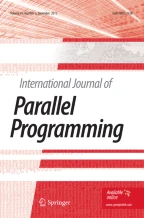Abstract
Ordered sequential observations of physical signs of goitrous patients have the effect of accelerating the process of diagnostic recognition. Fixed and varying criteria can be used as stopping rules in cases where a shortening of the examination is necessary. The use of information-theoretic criteria seems to be associated with an efficient use of the time allowed to the diagnostician.
Similar content being viewed by others
References
R. S. Ledley and L. B. Lusted, “Reasoning foundations of medical diagnosis,”Science 130:9–21 (1959).
F. M. Reza,An Introduction to Information Theory, (McGraw-Hill, New York, 1961).
P. A. Scheinok and J. A. Rinaldo, “Symptom diagnosis: optimal subsets for upper abdominal pain,”Comput Biomed Res. (1967),1, 221/236.
T. R. Taylor, J. Aitchinson, and E. M. McGirr, “Doctors as decision-makers: a computer-assisted study of diagnosis as a cognitive skill,”Brit. Med. J. 5765:35–40 (1971).
T. R. Taylor, S. Shields, and R. Black, “Study of cost conscious computer-assisted diagnosis in thyroid disease,”Lancet 2:79–83 (1972).
Author information
Authors and Affiliations
Rights and permissions
About this article
Cite this article
Bouckaert, A. Computer diagnosis of goiters. IV. Optimal planning of physical observations. International Journal of Computer and Information Sciences 3, 71–89 (1974). https://doi.org/10.1007/BF01355588
Received:
Revised:
Issue Date:
DOI: https://doi.org/10.1007/BF01355588
